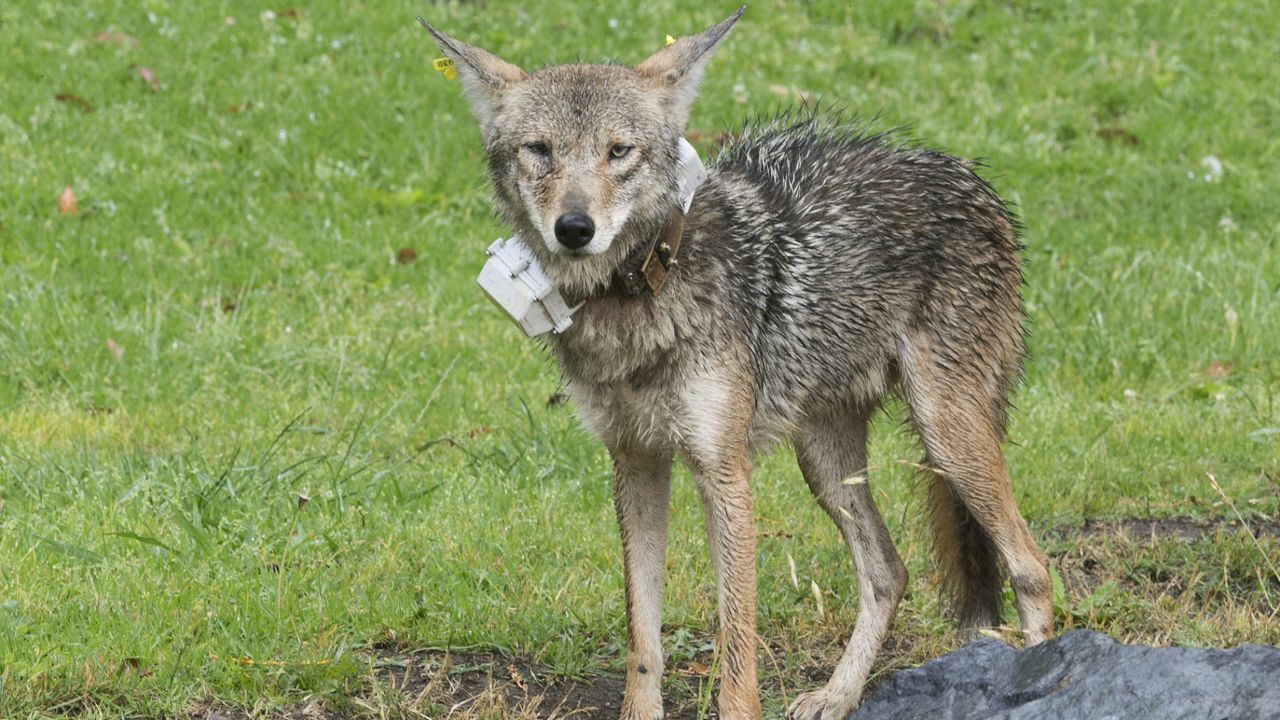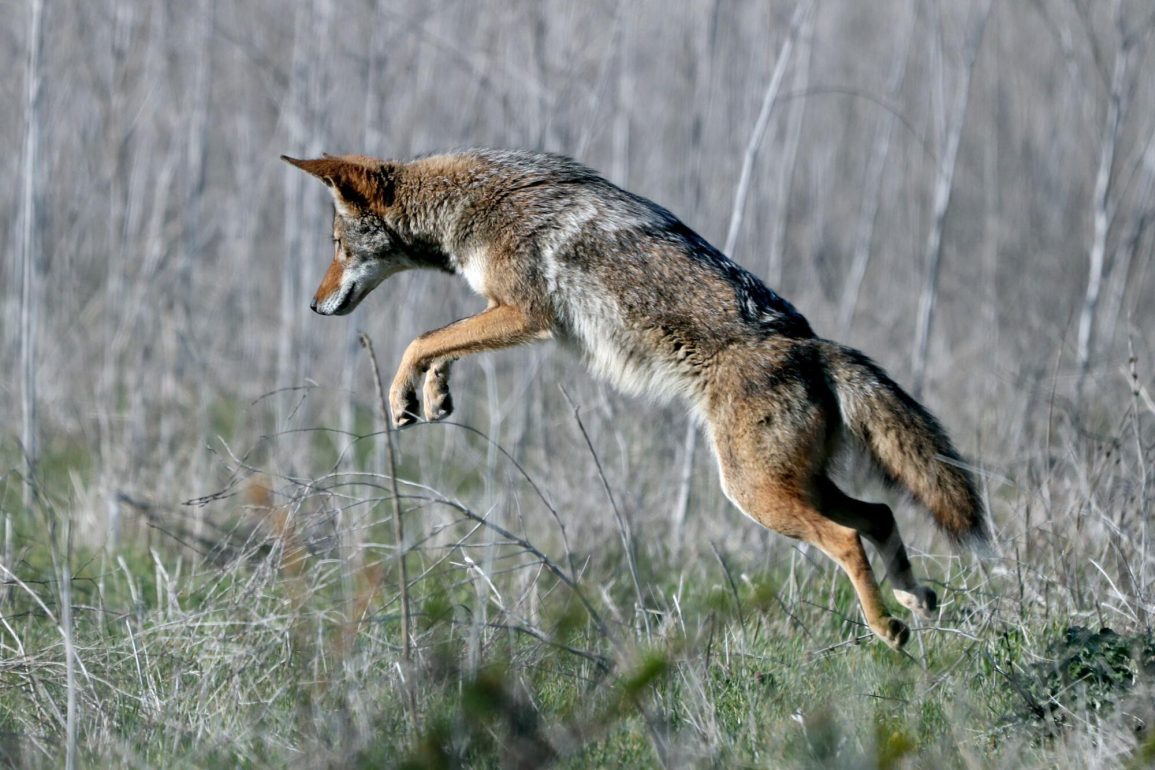Coyotes have been causing increasing concern in Southern California recently, with reports of aggressive encounters and frequent sightings. Notable incidents include a dog attack in Van Nuys where three coyotes breached a 7-foot fence, a pack in Mar Vista stalking residents, and warnings issued in Redondo Beach. Experts suggest that such heightened activity may be linked to the coyote pupping season, which extends into summer and often leads to increased visibility and interactions with humans.
Historically, coyotes have had a complex relationship with people, especially in urban areas like Los Angeles. Unlike the more revered mountain lion, coyotes are often seen as pests due to their occasional attacks on pets and their tendency to stalk people. Public fear and frustration have led to calls for lethal measures against them, reflecting a broader discomfort with their presence and behavior in city environments.

The perception of coyotes has been shaped by historical and cultural factors. Indigenous peoples of North America revered coyotes, seeing them as sacred animals and integral to their spiritual and practical lives. In contrast, European settlers, unfamiliar with coyotes and their habits, mistakenly associated them with wolves and viewed them as nuisances due to their scavenging behavior and proximity to human settlements.
Coyotes are notably resilient and adaptable creatures. They can thrive in diverse environments, from rural areas to urban settings. Their ability to survive in varying social structures—whether alone, in pairs, or in groups—has helped them evade the eradication efforts of the federal government. Despite attempts to reduce their numbers through hunting and trapping, coyotes have consistently rebounded, with increased reproductive rates counteracting these efforts.
Urban environments have become increasingly hospitable to coyotes in recent decades. The decline in stray dog populations and the collapse of the fur trade have contributed to their rise in cities. Urban coyotes, having lost their natural fear of humans due to being fed and having fewer predators, have adapted to city life. Research shows they are more bold and resourceful in urban settings compared to their rural counterparts, leading to occasional but rare attacks on people.

